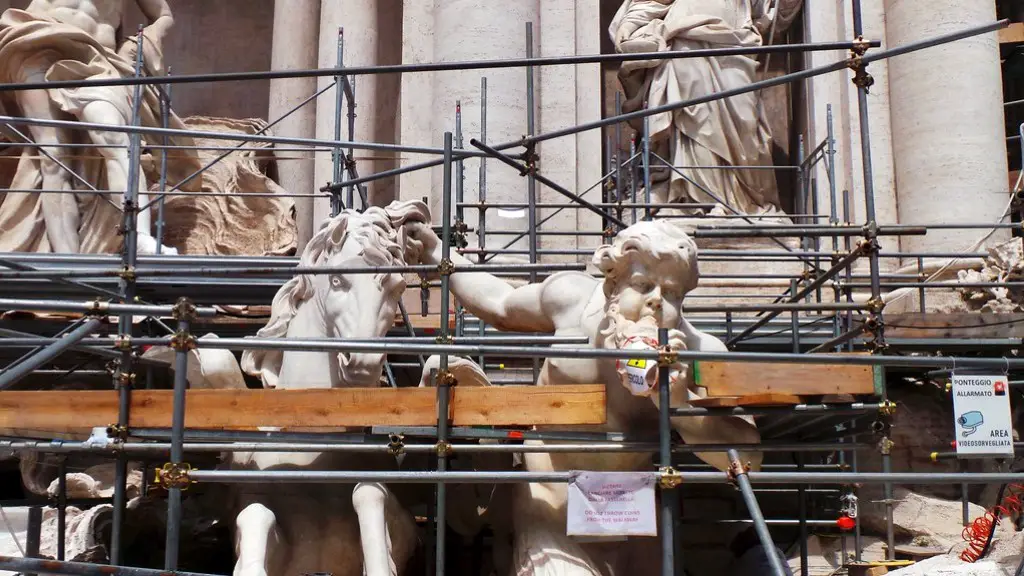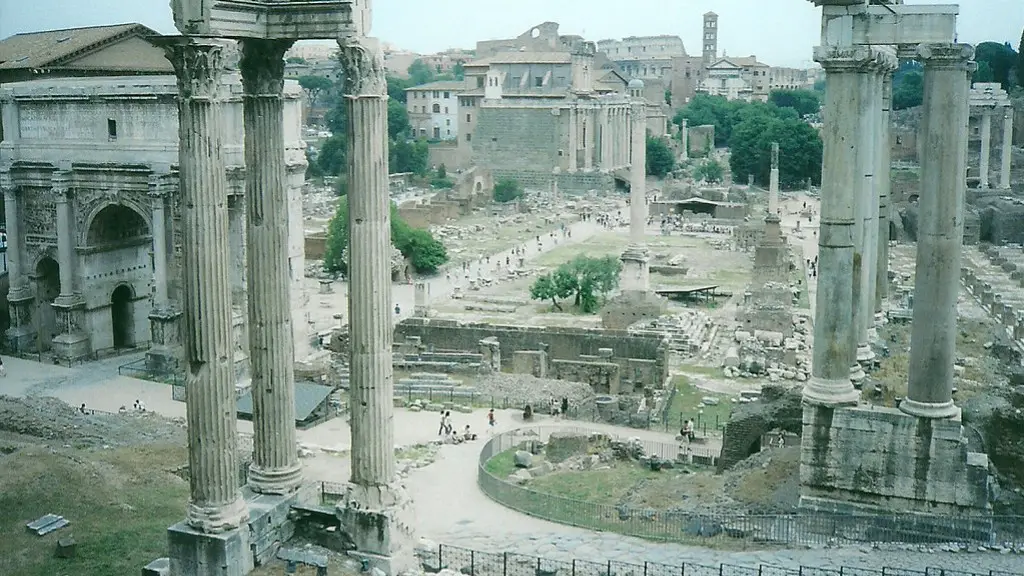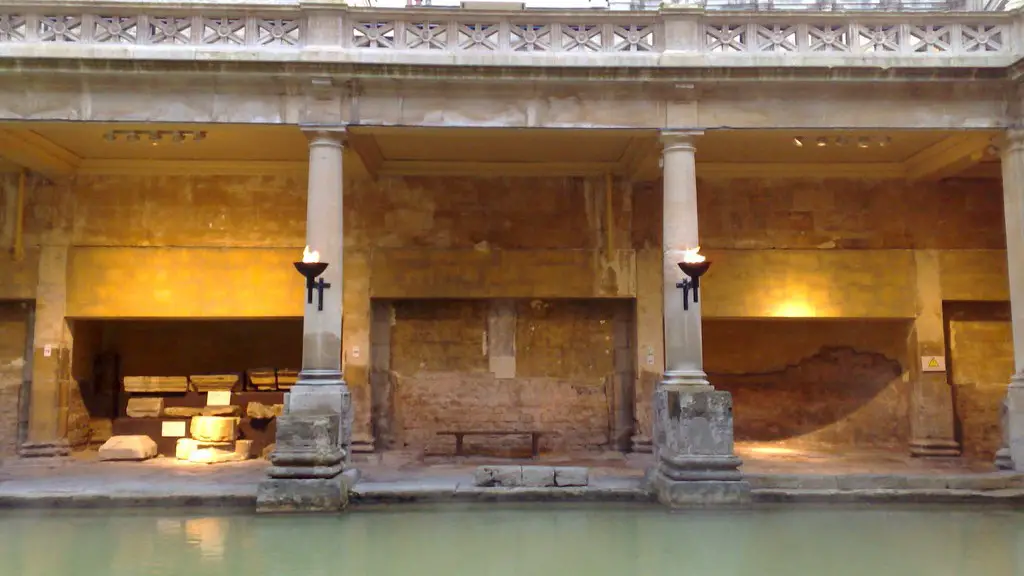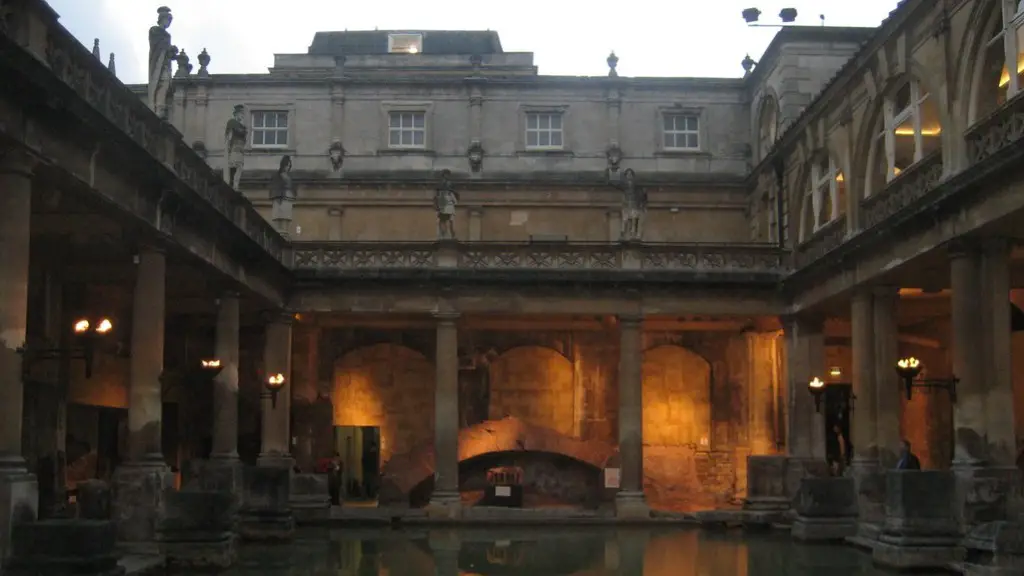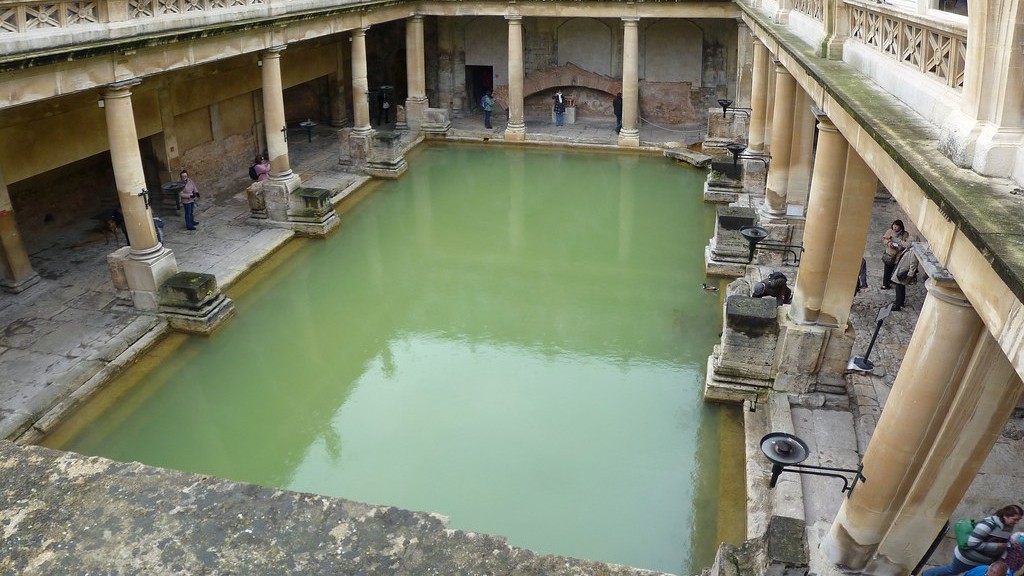Basics of Roman Governance
Ancient Rome was an Empire that lasted for centuries, from 753 BC to 476 AD. The government in Rome was used to control a vast empire. Roman government was based on a highly bureaucratic structure, characterized by its ability to centralize and organize complex administration. Rome was among the greatest political systems of its time, with a sophisticated system of laws, regulations and social norms. Rome was a Republic before becoming an Empire, and this structure of government evolved over time to become increasingly complex. At its height, the Roman Empire encompassed large parts of Europe, Asia and Africa.
The Roman government was a stratified system, with several layers of authority. At the top were two consuls, elected for a one-year term. Below the consuls was a Senate of 300 members elected for life. The Senate was divided into different committees and elected certain officials, such as the Praetor, who was responsible for the administration of justice, and the Censor, who compiled the census and oversaw public morality. Below the Senate were the assemblies, which were composed of representatives from the different districts of the empire. The assemblies were responsible for debating and deciding issues that affected the entire Empire.
The Roman government also had a large and powerful military. The Roman legions were a powerful and well-trained army, composed of both infantry and cavalry units. The Roman army was used to protect the borders of the Roman Empire and expand its influence. The Roman navy was also used to protect trade routes, defend against piracy and launch campaigns in foreign lands.
Structure of Roman Government
At the base of Roman government structure lay the assemblies, which were composed of representatives drawn from different provinces of the Roman Empire. The assemblies voted on important issues, such as declaring war, enacting laws, and electing officials. The assemblies also decided on taxes, which was a primary source of revenue for the government. At the top were two consuls, elected for a one-year term. The consuls were responsible for foreign and imperial policy, and also had the power to veto Senate decisions. Below the consuls was the Senate of 300 members, commonly referred to as “the grandfather of parliaments”. The Senate was responsible for advising the two consuls on important issues, and for enacting laws.
Another important aspect of Roman government was the cursus honorum, which was the system of holding offices in the state and at local levels. This system allowed members of the upper classes to advance their careers through a process of accumulated honors and prestige. This system allowed members of the upper classes to hold many different offices, such as the quaestor, the aedile, the praetor, and the consul. The final step of the cursus honorum was the consulate, which was the highest magistracy in the Roman Empire.
Finally, the Roman government also had an extensive system of taxation, which was used to pay for the administration of the state and the cost of maintaining its military. Taxes were imposed on individuals and businesses, as well as on agricultural production and trade. The state also had a system of indirect taxes, such as customs duties and tariffs.
Administration and Rule of Law
The Roman government was an autocratic system, with law and justice being managed by the emperor and his advisors. The emperor was the absolute ruler of the state, and his word was law. This system of autocratic rule was based on a code known as the Twelve Tables, which was written in the 5th century BC and set out the rights and responsibilities of individuals under Roman law. This code was the basis for all subsequent Roman law, and established a set of principles and rules for the administration of justice and other aspects of Roman life.
The laws in Roman society were based on two principles: The first was the concept of natural justice, which was the belief that laws should be equitable and fair, and should be applied equally to all citizens. The second was the concept of civil law, which was the belief that laws should be created to protect the interests of the state, as well as the interests of individuals. Roman law was based on these two principles, and Roman law was widely respected and admired throughout the world.
The Roman Empire also had a system of courts, which were presided over by judges. These courts had the power to administer justice and resolve disputes. Additionally, the Roman government had a system of writs, which were official documents that allowed people to appeal the decisions of lower courts. This system was based on the belief that justice should be carried out fairly, and that all citizens should have access to legal recourse.
Taxation and Other Financial Policies
The Roman government also had a sophisticated and extensive system of taxation, which was used to pay for the costs of running the state and maintaining its military. Taxes were imposed on individuals and businesses, as well as on agricultural production and trade. The state also had a system of indirect taxes, such as customs duties and tariffs. In addition to taxes, the Roman government also had a system of public subsidies, which were used to pay for public works and other state expenses.
The Roman state also had a system of public finances, which consisted of two main branches. The first was the treasury, which was responsible for collecting taxes and public subsidies. The second was the aes publicum, which was a fund set aside for state expenses, such as public works, military campaigns, and court expenses. The Roman government was fiscally responsible and administered its finances with a degree of transparency and efficiency that was commended by many ancient writers.
Influence of Roman Government
The Roman government had a lasting influence on history, and many of its institutions and laws can be seen in modern-day governments. The Roman Senate, for example, inspired the constitutional Senates of Europe, and the cursus honorum inspired appointment processes for royal and public offices. The use of writs and the concept of natural justice are also seen in modern legal systems. The Roman government was also highly developed in terms of taxation and public finance, with the use of taxes and subsidies playing an important role in the economy of the empire.
The Roman government is also remembered as having laid down the foundations of democracy in the West. The concepts of rights and obligations, as well as the idea of choosing one’s own leaders through elections, were developed by the Roman state. The system of law and justice was also highly developed in ancient Rome, and the Twelve Tables served as the basis for all later Roman law. The Roman government also influenced the law of many other civilizations, such as the laws of the commonwealth countries.
Legacy of The Roman Government
Today, the legacy of the Roman government can still be seen in modern states. The ideas of rights and obligations, as well as the principles of democracy, were developed by the Roman state. The concept of natural justice, which is still seen in modern legal systems, was developed in the Roman system. The Roman state also had a highly developed system of law and justice, as well as a sophisticated system of taxation and public finance. The legacy of the Roman government can still be seen in the institutions and laws of many countries today.
Economy of The Roman Government
The Roman government also had an important role to play in the economy of the empire. The extensive taxation system enabled the state to finance many public works, such as aqueducts, bridges, and roads. The state also had a sophisticated system of subsidies, which were used to pay for agricultural and industrial production. Additionally, the state was responsible for the regulation of labor and wages, as well as the monitoring of trade and commerce, which helped to keep the economy healthy and prosperous.
The Roman government also had an important role in the development of the banking system. The state set up public and private banks, which were responsible for lending money and providing financial services. These banks helped to spur economic growth and development, as well as facilitating trade. Additionally, the state oversaw the minting of coins and the issuing of currency, which provided an efficient means of buying and selling goods.
Trade and Commerce Under The Roman Government
The Roman government also had an important role in the promotion of trade and commerce in the empire. The Roman state was responsible for setting up trade networks, regulating tariffs, and setting standards for the quality of goods. The government also had a monopoly over certain industries, such as the production of wine and oil, which helped to boost trade. Additionally, the state set up a number of markets and fairs, where merchants and traders could buy and sell goods. These markets and fairs were an important component of Roman trade and commerce.
The Roman government was also responsible for setting up trading posts and harbours, which allowed goods to be traded across the borders of the empire. The state also had a powerful navy, which was used as a protection against piracy and to ensure the safety of ships and their cargo. The Roman government was also responsible for setting up trading treaties with other empires and states, which helped to promote trade and strengthen diplomatic ties.
Advancement of Technology Under The Roman Government
The Roman government also played an important role in the advancement of technology in the empire. The state sponsored the development of new technologies, such as better irrigation systems, which enabled the production of more food. The government also sponsored the development of new tools and techniques for industry, as well as for building and engineering projects. Additionally, the state was responsible for the maintenance and upkeep of public buildings and monuments, which served as testimony to the civilization’s technological advancement.
Additionally, the Roman government was also responsible for creating a network of roads, which enabled the efficient transportation of goods, people and messages across the empire. The government also had a policy of rewarding inventors, engineers and scientists with subsidies, which encouraged further technological advancement. The Roman government was thus a major contributor to the development of technology in the empire, and its influence can still be seen today in the advances in technology.
